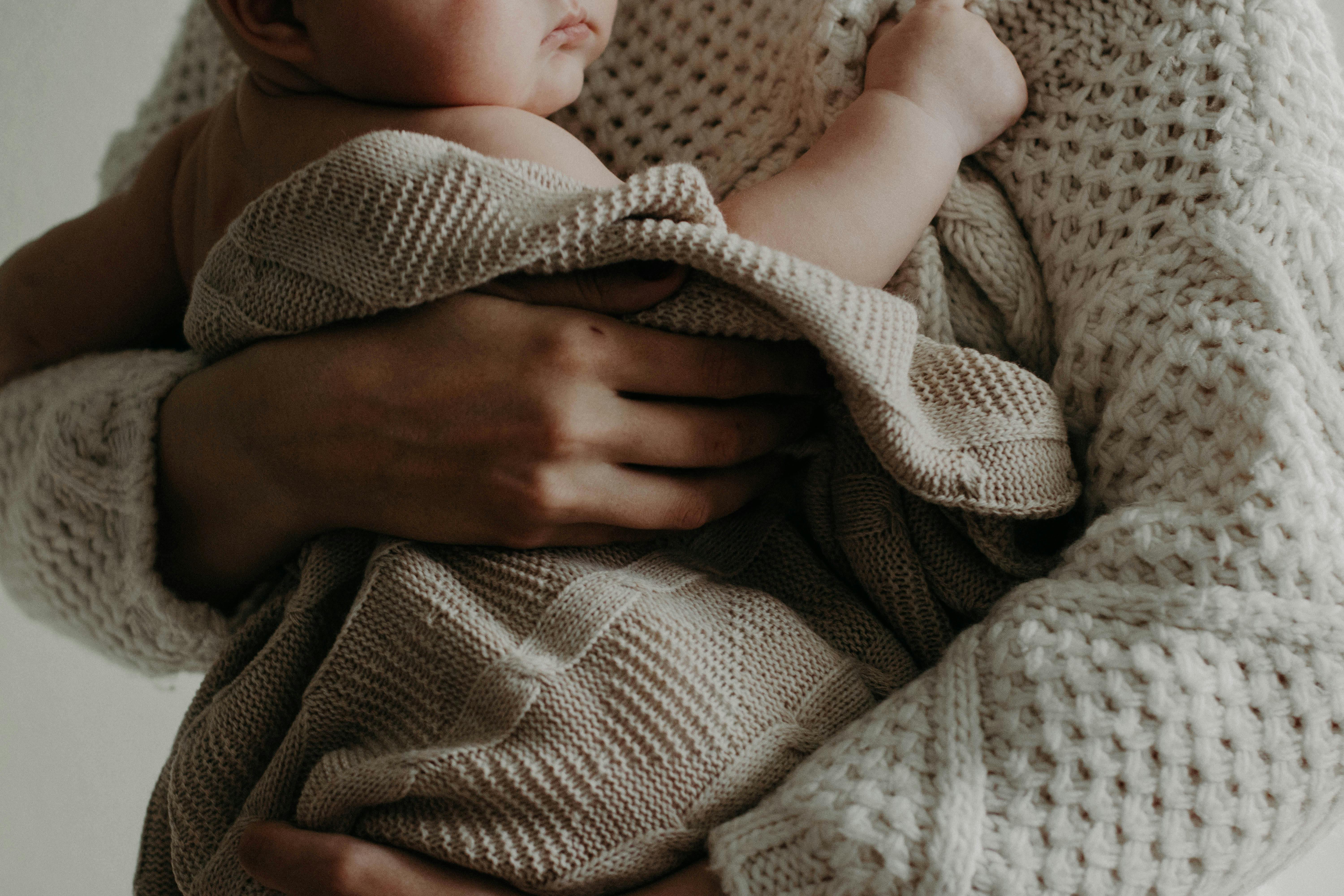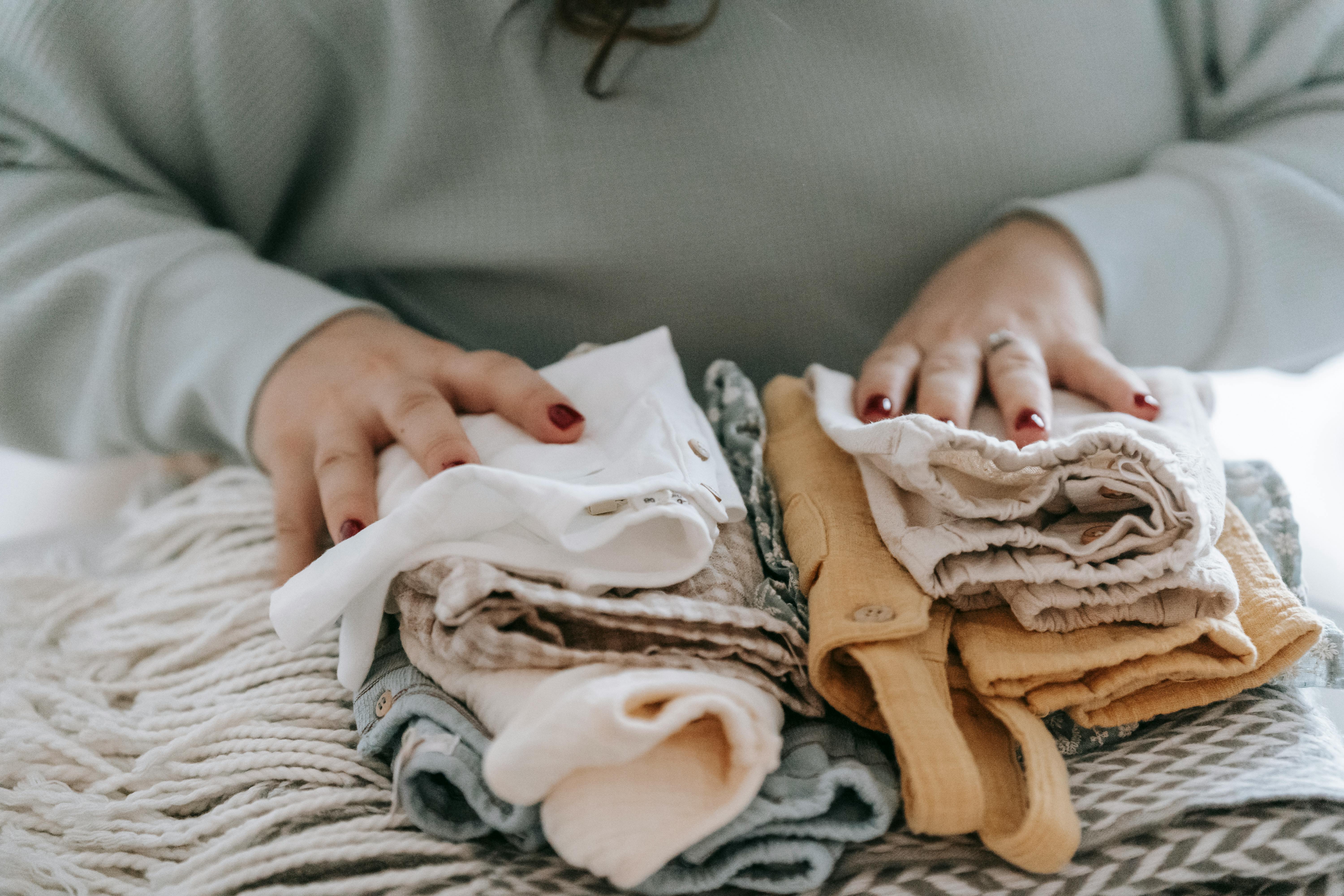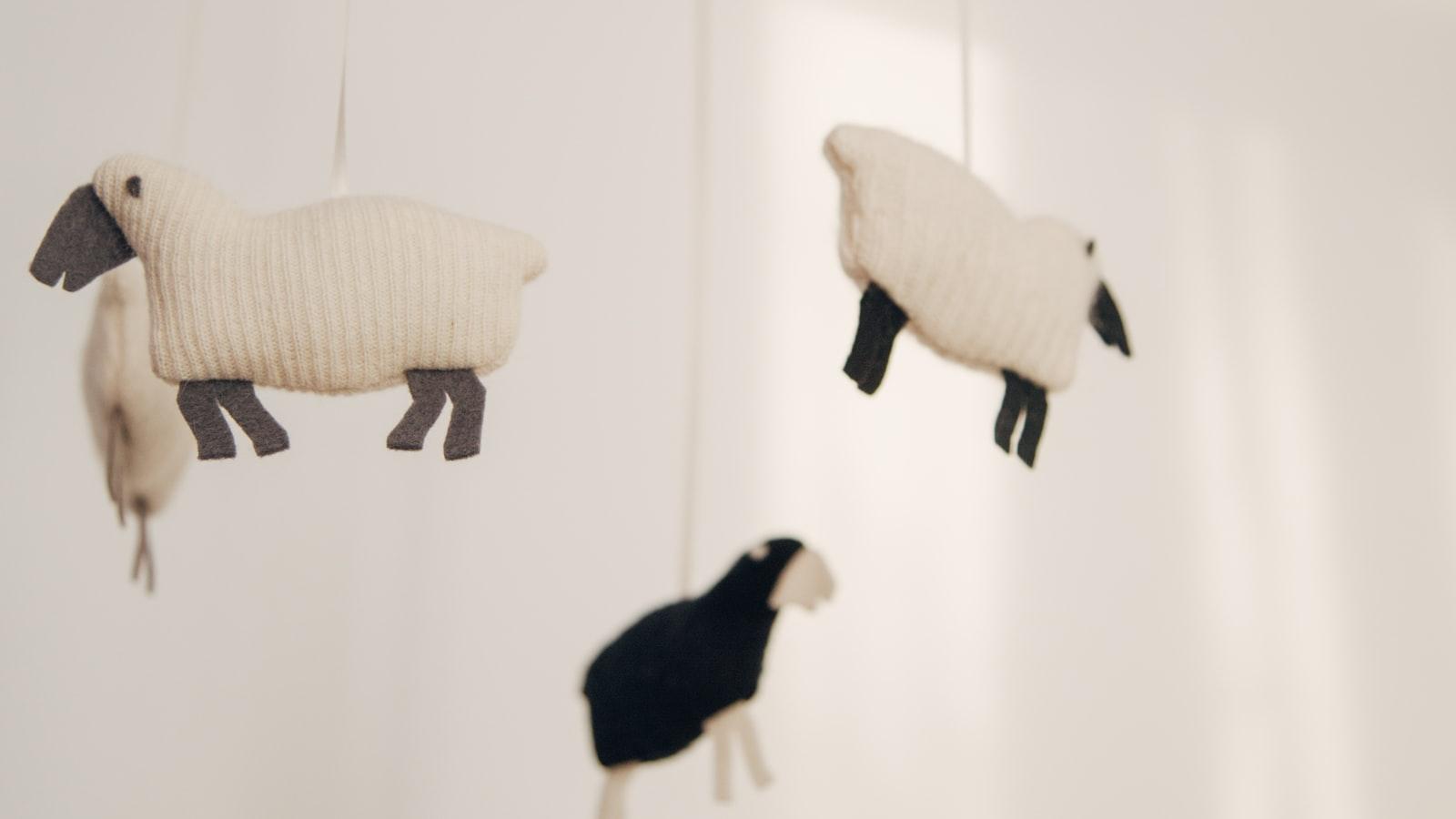It is important to keep your baby at the right temperature in order to ensure their comfort and safety. Knowing how to tell if your baby is too warm can help you adjust their clothing and environment accordingly. In this article, we will discuss how to differentiate between a warm and cool baby, as well as some tips for keeping your little one comfortable.To tell if a baby is too warm, feel their forehead or neck. If the baby feels hot to the touch, they may be too warm. It is important to dress babies appropriately for the temperature of the room. If the room is too warm, dress your baby in just a diaper and lightweight layer. If it’s cold, dress your baby in layers that can be easily removed or adjusted as needed.
Sweating
One of the key signs that a baby is too warm is if they are sweating. Babies may sweat around their neck or head, or on their chest or back. This is the body’s way of cooling down, so if your baby is sweating, they may be too warm. If they are too hot, try removing an extra layer of clothing and make sure the room temperature is not too high.
Flushed Skin
Another sign that your baby may be too warm is if their skin appears flushed or red. This can occur all over the body, or in certain areas such as the face, neck, chest and back. If your baby’s skin is looking red and flushed then they may need to cool down with fewer layers of clothing or by being moved to a cooler area.
Irritability
If your baby becomes irritated or fussy more than usual, this could be a sign that they are too warm. Babies become uncomfortable when they are overheated and this can lead to them becoming distressed and unable to settle. Make sure you check their temperature and adjust accordingly with fewer layers of clothing.
Sleep Disturbance
If your baby has difficulty settling when it comes to bedtime this could be a sign that they are too hot and need to cool down first. Try removing an extra layer of clothing before bedtime and make sure the room isn’t too warm either as this can affect sleep quality.
Identifying When Baby Is Overheating
It is important to recognize the signs of overheating in babies. Keeping a baby at a comfortable temperature can go a long way towards keeping them healthy and safe. Babies are particularly vulnerable to heat, since their bodies are still developing and they have much less control over their own temperature regulation. As a parent or caregiver, it is important to be aware of the signs that your baby may be too hot.
The most obvious sign that your baby is overheating is if they feel too hot to the touch. Put your hand on their chest or back, and if they are warm or hot then they may be too hot. This can be made worse by heavy blankets or layers of clothing that can hold in body heat, so try not to overdress your baby and watch for signs of sweating. If your baby is sweating heavily then they are likely getting too warm.
Other signs that your baby may be too hot include restlessness or fussiness, which can indicate discomfort due to the heat. You may also notice changes in skin color such as redness, flushing, or blotchiness which can also indicate that the baby is too warm. In extreme cases, overheating can lead to dehydration and fever which should be addressed immediately by seeking medical attention.
It is important to monitor your baby’s temperature carefully when it is warm outside or when indoors temperatures rise due to activity levels such as playing indoors with other children. Be sure to dress them appropriately for the activity level and monitor their temperature for any signs of overheating. Taking steps now will help you prevent possible health issues later on down the road.
The Dangers Of Overheating In Babies
Babies are especially sensitive to heat and it is important to make sure they stay cool in hot weather. Overheating can be dangerous for babies and can even lead to death in some cases. It is essential that parents are aware of the signs of overheating and take measures to prevent it from happening.
The most common signs of overheating in babies are excessive sweating, red cheeks, rapid breathing, and an increased heart rate. They may also become fussy or irritable when they are too hot. If your baby is exhibiting any of these signs, it is important to take steps to cool them down immediately.
Removing excess layers of clothing or blankets, providing a cool bath, or using a fan can help lower the baby’s body temperature. It is also important to provide plenty of fluids to prevent dehydration. The room should also be kept at a comfortable temperature; if it is too hot indoors, try taking your baby outside for some fresh air or use an air conditioner if necessary.
It is also important for parents to be aware that certain factors can increase the risk of overheating in babies. These include being overdressed or swaddled too tightly, being exposed to direct sunlight, or being placed in a car seat for an extended period of time. Taking steps to avoid these risks can help reduce the chances of your baby becoming overly warm.
Overall, keeping your baby’s environment cool and making sure they are not overdressed can help prevent overheating. Paying attention to the signs and symptoms of overheating and taking immediate action when needed will ensure that your baby stays safe.
Checking Baby’s Temperature With A Thermometer
Taking your baby’s temperature with a thermometer is a safe and easy way to check for fever and other signs of illness. Thermometers come in a variety of shapes and sizes, so you can choose one that best suits your baby’s needs. Here are some tips on how to safely and accurately use a thermometer to check your baby’s temperature.
When taking your baby’s temperature, make sure to use the thermometer correctly. Different types of thermometers require different methods of use, so be sure to read the instructions carefully before using it. For example, digital thermometers should be placed under the armpit for an accurate reading, while ear thermometers should be inserted into the ear canal.
It is also important to remember that different types of thermometers may take different lengths of time to get an accurate reading. Digital thermometers usually take only a few seconds, while ear thermometers may take up to several minutes. Make sure to follow the manufacturer’s instructions for getting an accurate reading and do not take shortcuts or guesswork when taking your baby’s temperature.
In addition, make sure that you are taking your baby’s temperature in a comfortable environment. If the room is too hot or cold, this could affect the accuracy of the reading. Also, make sure that you clean the thermometer before and after each use with rubbing alcohol or soap and water to prevent any potential contamination from spreading germs or bacteria.
Finally, always remember that any type of thermometer should not be used for more than one person without being sanitized between uses. This includes digital and ear thermometers as well as infrared forehead scanners – all should be sanitized between uses if multiple people are using them in succession. By following these important tips, you can safely and accurately take your baby’s temperature with a thermometer every time!

What To Do If You Suspect Baby Is Too Hot
If you suspect that your baby may be too hot, it is important to take action quickly. The first step is to check your baby’s temperature. You can do this by placing a thermometer on the forehead or armpit. If the temperature is above 100.4 degrees Fahrenheit, then your baby may be too hot. It is best to take their temperature in a cool room and make sure they are not wearing too many layers of clothing or blankets.
Once you have determined that your baby is too hot, there are several steps you can take to cool them down. The first step is to remove any extra layers of clothing and blankets they may be wearing. Make sure the room they are in has good air circulation and isn’t too warm, either through natural airflow or air conditioning if available. You can also place a cool cloth on their head or chest for a few minutes to help cool them down further.
If your baby’s temperature remains high despite these measures, it may be best to seek medical attention as soon as possible. In some cases, dehydration or an infection could cause a high fever and require treatment from a doctor. Make sure you monitor your baby’s temperature frequently while attempting to lower it and keep them hydrated with plenty of fluids such as breastmilk or formula if they are old enough for solid foods.
It is also important to make sure that your baby does not become too cold either while trying to bring their temperature down as this could lead to other health issues such as hypothermia. Keep an eye out for signs of shivering or goosebumps and adjust their clothing accordingly if necessary.
Overall, if you suspect that your baby may be too hot it is important to take action quickly by checking their temperature and taking measures such as removing extra clothing layers and placing a cool cloth on their forehead or chest in order to bring it back down safely without causing any additional issues such as hypothermia. If these measures do not work, then seeking medical attention may be necessary in order to rule out any underlying health issues causing the fever in the first place.
Assessing Baby’s Comfort Level
It is important to monitor your baby’s comfort level throughout the day. This will help you determine when it is time for a change of scenery, or a feeding, and will help you recognize any potential health concerns. There are several key indicators that can help you assess your baby’s comfort level.
First, look for signs of fussiness or irritability. If your baby is crying, arching their back, or has a furrowed brow, they may be uncomfortable or in pain. Pay attention to their breathing patterns as well; if they are having difficulty breathing, this may indicate an underlying issue such as an infection or an allergy.
Another indicator of discomfort is changes in sleep patterns. If your baby is having difficulty getting to sleep or wakes up frequently during the night, this may be a sign that something is not quite right. You can also monitor their movements; if they are unusually still or sluggish, they may be in pain or feeling ill.
Finally, pay attention to your baby’s body language and facial expressions. If they seem restless and agitated, this could be an indication that something is not quite right. On the other hand, if they seem content and relaxed when being held by you or someone else, this may suggest that all is well.
By monitoring these indicators regularly and noting any changes in your baby’s behavior or moods over time, you can ensure that you are providing them with the best care possible. Knowing how to assess your baby’s comfort level will help you provide the best care for them and respond quickly if any issues arise.
Keeping Baby Cool In Hot Weather
When the weather starts to heat up, it’s important to take extra care to keep your baby cool and comfortable. Keeping your baby cool will help prevent heat-related illnesses, such as dehydration and heat stroke. Here are some top tips for keeping your baby cool in hot weather:
Dress For Comfort
Be mindful of what you dress your baby in during hot weather. Dress them in light, breathable clothing made from natural fabrics such as cotton or linen. Avoid thick, synthetic fabrics which can make them feel too hot and uncomfortable. You should also avoid dressing them in too many layers as this can cause them to overheat.
Keep Out of Direct Sunlight
It is important to keep your baby out of direct sunlight for prolonged periods of time during hot weather. If you do need to take your baby outside, make sure you use sunscreen on any exposed areas of their skin and dress them in loose fitting, light clothing with a wide brimmed hat to protect them from the sun’s rays.
Create Shade When Outdoors
If you are out in the sun with your baby for any length of time, make sure there is plenty of shade available for them. A good way to do this is by bringing along a parasol or beach tent when out and about. This will provide protection from the sun and also give your baby a place to retreat when they get too hot.
Keep Rooms Cool at Home
During hot summer days it can be difficult to keep rooms inside the home cool enough for your baby. Try opening windows during cooler parts of the day or consider investing in an air conditioner if possible. You can also try using a fan near their sleeping area to help create a cooler environment.
Stay Hydrated
Make sure that both you and your baby stay hydrated throughout the day and keep fluids readily available when out and about. Giving babies under six months old cooled boiled water is an ideal way to replace lost fluids but make sure that breastmilk or formula is still their main source of nutrition.
By following these simple tips, you can help ensure that both you and your little one stay cool and comfortable during those long summer days!

Conclusion
Ensuring your baby is not too warm is an important part of keeping them comfortable and safe. While there is no one-size-fits-all temperature for your child, there are some general guidelines you can use to evaluate your baby’s environment. Check the room temperature, monitor what they are wearing, and watch for signs of overheating such as sweating or redness. If you are concerned that your baby may be too warm consider removing layers of clothing or blankets, or reduce the temperature in the room. With a little extra attention, you can rest assured that your baby is at a safe temperature.
Taking care of a newborn can be overwhelming at times, but being aware of how to tell if baby is too warm will help you keep them safe and comfortable.




